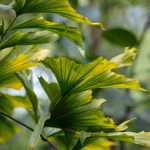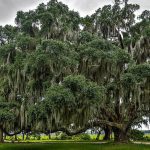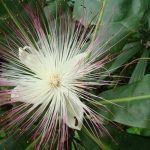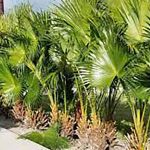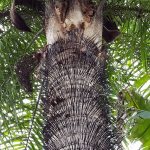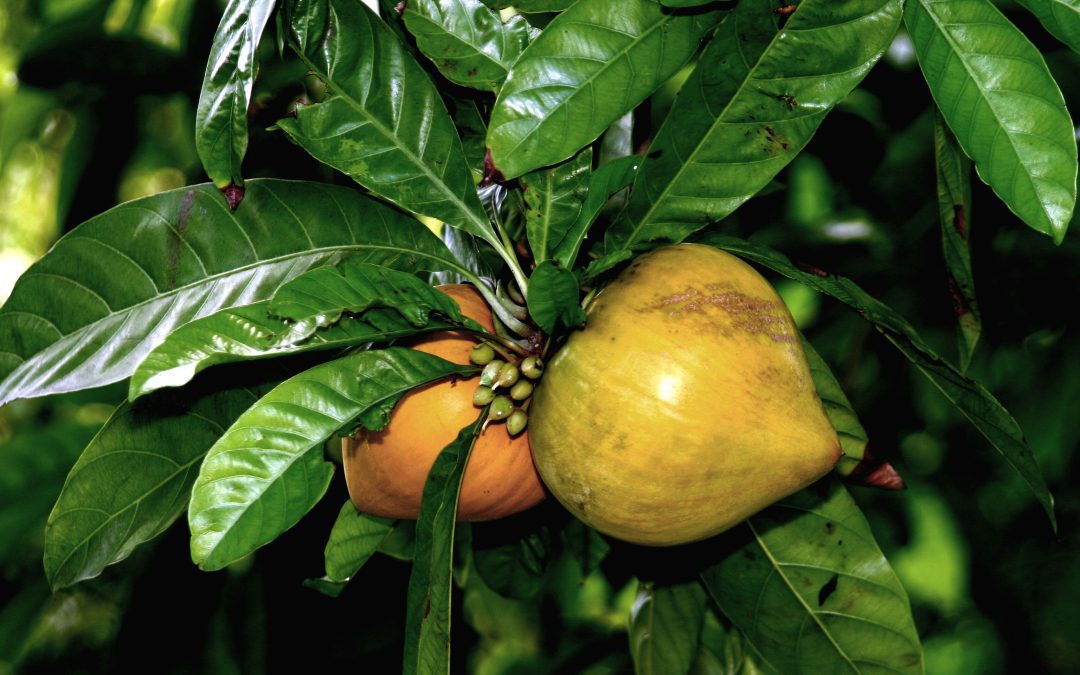
Nov 24, 2022
Pouteria campechiana (commonly known as the cupcake fruit, eggfruit, zapote amarillo or canistel) is an evergreen tree native to, and cultivated in, southern Mexico, Belize, Guatemala, and El Salvador.[5] It is cultivated in other countries, such as India, Costa Rica, Brazil, the United States, the Dominican Republic, Australia, Cambodia,[6] Vietnam, Indonesia, Sri Lanka, Nigeria, and the Philippines. The edible part of the tree is its fruit, which is colloquially known as an egg fruit.[6]
The canistel grows up to 10 m (33 ft) high, and produces orange-yellow fruit, also called yellow sapote, up to 7 cm (2.8 in) long, which are edible raw. Canistel flesh is sweet, with a texture often compared to that of a hard-boiled egg yolk, hence its colloquial name “eggfruit”. It is closely related to the lucuma, mamey sapote, and abiu.
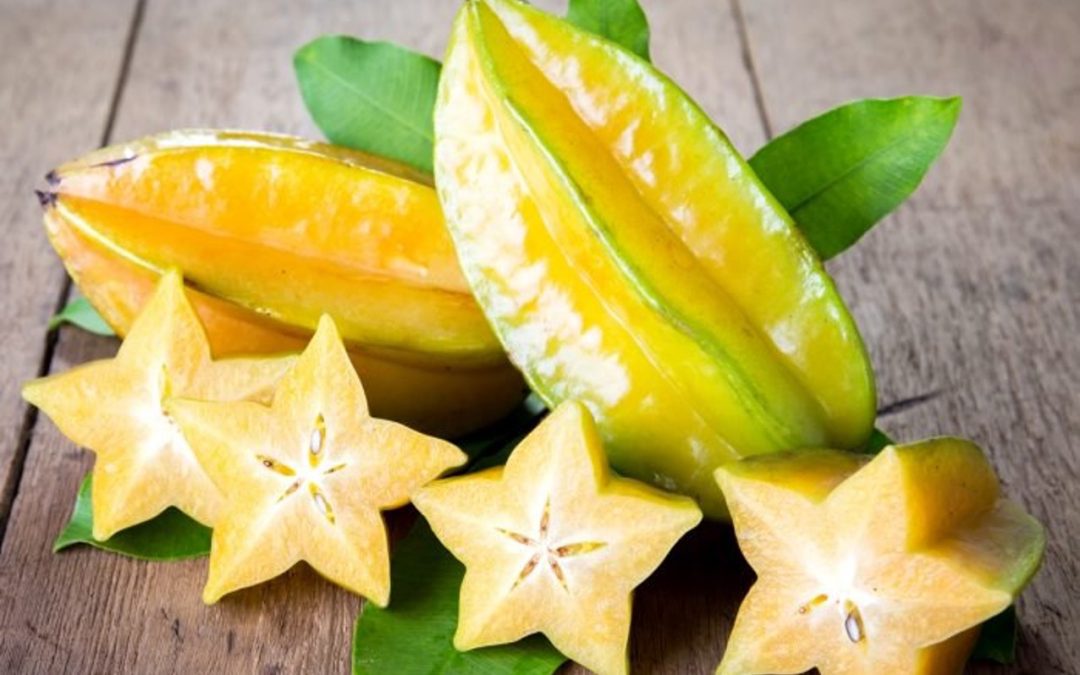
Nov 24, 2022
Chrysophyllum cainito is a tropical tree of the family Sapotaceae. It is native to the Isthmus of Panama, where it was domesticated.[1] It has spread to the Greater Antilles and the West Indies and is now grown throughout the tropics, including Southeast Asia.[2] It grows rapidly and reaches 20 meters in height.

Nov 24, 2022
Morus, a genus of flowering plants in the family Moraceae, consists of diverse species of deciduous trees commonly known as mulberries, growing wild and under cultivation in many temperate world regions.[1][2][3] Generally, the genus has 64 identified species,[4] three of which are well-known and are ostensibly named for the fruit color of the best-known cultivar: white, red, and black mulberry (Morus alba, M. rubra, and M. nigra, respectively), with numerous cultivars.[5][4] M. alba is native to South Asia, but is widely distributed across Europe, Southern Africa, South America, and North America.[2] M. alba is also the species most preferred by the silkworm, and is regarded as an invasive species in Brazil and the United States.[2]
The closely related genus Broussonetia is also commonly known as mulberry, notably the paper mulberry (Broussonetia papyrifera).[6]

Nov 24, 2022
The papaya (/pəˈpaɪə/, US: /pəˈpɑːjə/), papaw, (/pəˈpɔː/[3]) or pawpaw (/ˈpɔːpɔː/[3])[4] is the plant species Carica papaya, one of the 21 accepted species in the genusCarica of the family Caricaceae.[5] It was first domesticated in Mesoamerica, within modern-day southern Mexico and Central America.[6][7] In 2020, India produced 43% of the world supply of papayas.
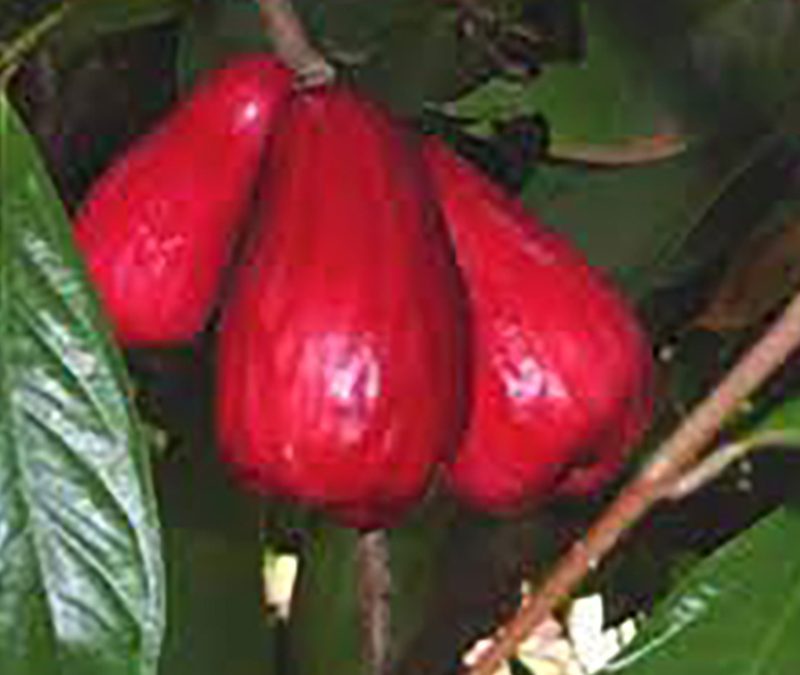
Nov 24, 2022
The pomegranate (Punica granatum) is a fruit-bearing deciduous shrub in the family Lythraceae, subfamily Punicoideae, that grows between 5 and 10 m (16 and 33 ft) tall.
Young pomegranate in Side, Turkey
The pomegranate was originally described throughout the Mediterranean region. It was introduced into Spanish America in the late 16th century and into California by Spanish settlers in 1769.[4]
The fruit is typically in season in the Northern Hemisphere from October to February,[5][failed verification] and in the Southern Hemisphere from March to May. As intact sarcotestas or juice, pomegranates are used in baking, cooking, juice blends, meal garnishes, smoothies, and alcoholic beverages, such as cocktails and wine.
Pomegranates are widely cultivated throughout the Middle East and Caucasus region, north and tropical Africa, Iran, Armenia, the Indian subcontinent, Central Asia, the drier parts of Southeast Asia, and the Mediterranean Basin.[4]







